The University of Chicago Press, Chicago 60637
The University of Chicago Press, Ltd., London
2022 by The University of Chicago
All rights reserved. No part of this book may be used or reproduced in any manner whatsoever without written permission, except in the case of brief quotations in critical articles and reviews. For more information, contact the University of Chicago Press, 1427 E. 60th St., Chicago, IL 60637.
Published 2022
Printed in the United States of America
31 30 29 28 27 26 25 24 23 22 1 2 3 4 5
ISBN-13: 978-0-226-77435-0 (cloth)
ISBN-13: 978-0-226-81606-7 (paper)
ISBN-13: 978-0-226-81605-0 (e-book)
DOI: https://doi.org/10.7208/chicago/9780226816050.001.0001
Library of Congress Cataloging-in-Publication Data
Names: Smith, James H., 1970 author.
Title: The eyes of the world : mining the digital age in the Eastern DR Congo / James H. Smith.
Description: Chicago : University of Chicago Press, 2022. | Includes bibliographical references and index.
Identifiers: LCCN 2021031024 | ISBN 9780226774350 (cloth) | ISBN 9780226816067 (paperback) | ISBN 9780226816050 (ebook)
Subjects: LCSH: Small-scale miningCongo (Democratic Republic) | Artisanal minersCongo (Democratic Republic) | Mineral industriesCongo (Democratic Republic) | Tantalum industryCongo (Democratic Republic)
Classification: LCC HD9506.C752 S65 2022 | DDC 338.2096751/5dc23
LC record available at https://lccn.loc.gov/2021031024

This paper meets the requirements of ANSI/NISO Z39.48-1992 (Permanence of Paper).
An Introduction to the Personal, Methodological, and Spatiotemporal Scales of the Project
This prologue is intended to give a broad overview of the projectmainly, the general topic and the changing historical context in which this longitudinal research took place (carried out mostly in three-month periods between 2006 and 2018). It consists of a brief narrative regarding the motivation for the research and how it was conducted, followed by some relevant (no doubt inadequately represented) history that is punctuated by a revealing fieldwork vignette quickly capturing some important themes that framed the research context. A more detailed discussion of the books main arguments is found in .
The Eyes of the World explores the worlds of artisanal mining in the eastern Democratic Republic of Congo (DR Congo), examining how decades of violent colonial and postcolonial war and exclusion have, in producing dispossession, also encouraged the emergence of a multidimensional extractive economy oriented around fostering movement and collaboration among very different actors, elements, arrangements, and modes of life. The main focus is on the work, lives, and concepts of miners and traders of what I sometimes refer to as digital minerals and what Congolese in the Kivu provinces and Maniema province call the black minerals (minraux noire) and sometimes coltan (though coltan is also the Congolese term for a specific ore). The collaborative work of people involved in this trade connects Congo with places like Silicon Valley in ways that are counterintuitive and concealed (there are currently an estimated two million artisanal miners in Congo, and it has been estimated that ten million people depend on artisanal mining, although not all of these are mining the black minerals; see Garrett and Mitchell 2009).
Coltan is the colloquial term for a silicate essential to the capacitors used in all digital devices, including mobile phones (Nest 2011). It contains tantalum and niobium, elements named after mythological Greek Titans who were punished for their defiant hubris against the godsan ironic naming, given that the technologies these minerals enable have helped give rise to a putatively posthuman age in which people strive to take on some of the characteristics of superior beings, including immortality and omniscience (Hayles 1999). Their material density enables these elements to hold a high electrical charge, allowing for ever-smaller digital devices (as we will see, most Euro-Americans see smallness as a product of the ingenuity of Silicon Valley engineers, or the sui generis evolution of technology itself, rather than as substances and the work of extracting and moving them). Coltan is similar in appearance to and, in Congo, is often found alongside other black minerals that are equally crucial for digital technologies, especially wolframite, the ore from which tungsten is derived, and cassiterite, from which tin is derived. Tungsten is used to make computer screens, and it also enables cell phones to vibrate; tin is used in wiring, among many other processes. Eastern Congolese diggers dont specialize in these substances but move among them based on a number of different factors, including what seems to be in demand at any given time. International nongovernmental organizations have come to call these minerals the 3Ts (tantalum, tin, and tungsten); in recent years, they have been the target of a great deal of humanitarian discourse and intervention.
A Brief Biography of This Project
If I were to look deeply into myself, I suppose part of what first intrigued me about the mining of Congolese coltan was my deep, emic familiarity with and dislike of techno-utopianism and technosolutionism. I grew up in the 1980s near a Massachusetts tech corridor, and all of my high school friendseven the poetseventually became computer programmers or software developers. They did this partly because thats what people who were deemed to be smart did then and there and because computerization and technology seemed to be where the future layit was world transformative, and that was exciting to people, especially young people (and, I suspect, especially males) who felt smart enough to ride this wave into the future. Computers also allowed young men who were not encouraged to practice humanistic arts to be creative; and it was where the money seemed to be. This wouldnt have been so bad in and of itself, but even then, I found that the embrace of technology as the engine of the future and the solution to all the worlds problems tended to go hand in hand with a derisive or dismissive attitude toward the concepts and ways of life of those who were deemed to be less technologically developed. This attitude of dismissiveness usually also extended to everything deemed to be somehow old.
Later on, I witnessed a vernacular version of this techno-utopianism emerging in Kenya during the 1990s and early 2000s. It was directed against the old men of Kenyan politics, with their focus on what, for urban elites, were outmoded issues like land, and it envisioned a future that moved beyond what some Kenyans would eventually call analogue politics (Poggiali 2016, 2017; Nyabola 2018). Eventually, I moved to Northern California, settling in the interstices between the self-congratulatory techno-hub of the Bay Area and the agri-capitalist Central Valley, and witnessed techno-utopianism and its attendant dismissiveness toward that which lay outside of it on a whole new level, with different inflections. Always there was what anthropologist Johannes Fabian referred to as the denial of coevalnessthe unwillingness to see that which lay outside of the explicitly technological as being as equally contemporary as the technological and as part of the same historical totality that produced the technological in the first place (1986).


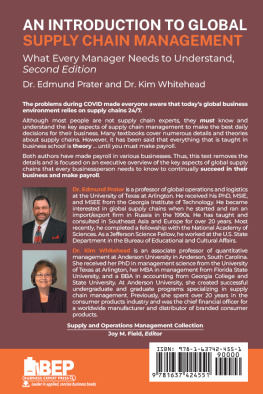
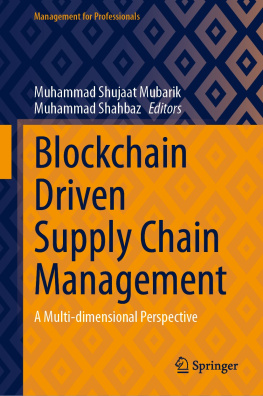
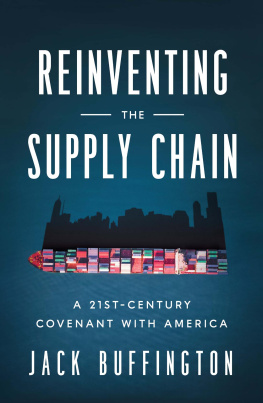
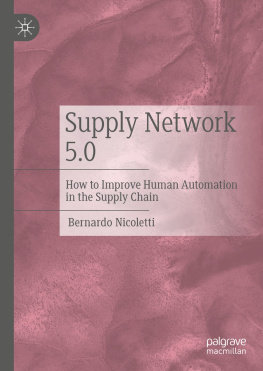


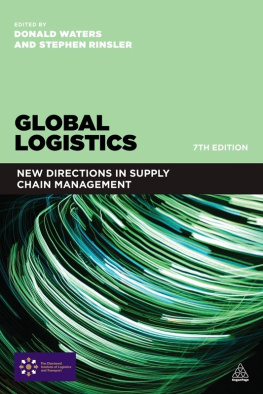
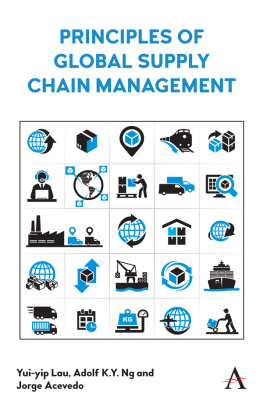

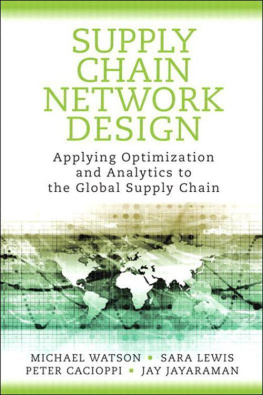

 This paper meets the requirements of ANSI/NISO Z39.48-1992 (Permanence of Paper).
This paper meets the requirements of ANSI/NISO Z39.48-1992 (Permanence of Paper).